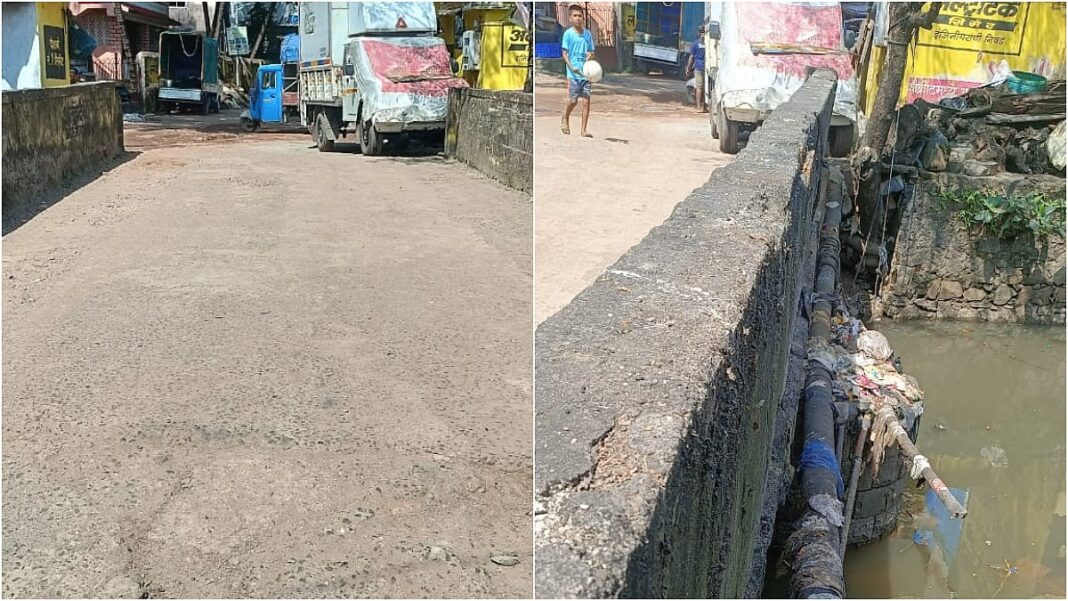Market Pulse
In a landmark development set to redefine the landscape of digital finance in Africa, South Africa has officially rolled out comprehensive cryptocurrency payment capabilities across an astounding 650,000 retail locations. This monumental stride, facilitated through the widely utilized ‘Scan to Pay’ network, positions South Africa at the forefront of real-world crypto utility, making everyday transactions with digital assets a seamless reality for millions. This move is expected to significantly accelerate mainstream adoption and highlight the practical benefits of decentralized currencies.
A New Era for Digital Payments in South Africa
The integration of cryptocurrency payments into South Africa’s vast retail ecosystem marks a pivotal moment for the nation and the broader African continent. By leveraging existing payment infrastructure like ‘Scan to Pay’, a ubiquitous QR code payment system, innovators have bridged the gap between traditional commerce and the burgeoning digital economy. This initiative drastically lowers the barrier to entry for crypto holders looking to spend their digital assets, moving cryptocurrencies beyond mere investment vehicles into functional mediums of exchange.
The sheer scale of this rollout – encompassing over 650,000 merchant locations – demonstrates a robust commitment to fostering a more inclusive and technologically advanced financial environment. From major retail chains to local vendors, consumers now have the unprecedented freedom to use their digital funds for a diverse range of goods and services, directly impacting daily economic activity.
How the Integration Works: Bridging Crypto and Fiat
The operational mechanics behind this expansive payment system are designed for simplicity and efficiency. Users initiate transactions by scanning a QR code at the point of sale, a familiar process for anyone accustomed to digital payments. The underlying technology then facilitates the conversion of the chosen cryptocurrency into local fiat currency (South African Rand) in real-time, ensuring merchants receive their payments without exposure to crypto price volatility. This seamless conversion is crucial for encouraging merchant participation and ensuring widespread acceptance.
- Supported Cryptocurrencies: While initial offerings typically focus on major assets like Bitcoin (BTC), Ethereum (ETH), and stablecoins, the infrastructure is built to accommodate a growing number of digital assets.
- Real-time Conversion: Instantaneous conversion rates protect both consumers and merchants from market fluctuations, providing price certainty at the point of transaction.
- Merchant Benefits: Businesses receive immediate settlement in fiat currency, eliminating the complexities and risks associated with holding volatile digital assets, while simultaneously tapping into a new customer base.
- User Experience: The process mirrors existing mobile payment methods, ensuring a low learning curve for new users and promoting rapid adoption.
Impact on Crypto Adoption and Financial Inclusion
This development is poised to have profound implications for crypto adoption, not just in South Africa but as a potential blueprint for other emerging markets. By integrating digital assets into everyday spending habits, the initiative educates the public on crypto’s utility and demystifies its perceived complexity. For many, particularly in regions with limited access to traditional banking services, cryptocurrencies can offer a vital pathway to financial inclusion, enabling participation in the digital economy without reliance on conventional financial institutions.
Furthermore, this widespread acceptance validates the long-held vision of crypto as a viable payment method. It challenges the narrative that digital assets are solely for speculation, showcasing their potential to reduce transaction costs, accelerate cross-border payments, and provide greater financial autonomy for individuals.
Challenges and Opportunities Ahead
While the prospects are overwhelmingly positive, the path forward is not without its challenges. Regulatory clarity, ongoing education for users and merchants, and managing potential network congestion as adoption scales will be critical considerations. The volatility inherent in some cryptocurrencies, though mitigated by real-time conversion, remains a psychological hurdle for some.
However, the opportunities far outweigh these challenges. This move could catalyze further innovation in crypto-centric financial services, encourage more institutional investment in the region, and establish South Africa as a leader in digital asset integration. The success here could inspire similar initiatives across Africa and other developing economies, fostering a truly global digital economy.
Conclusion
South Africa’s ambitious deployment of crypto payments across 650,000 stores via the Scan to Pay network represents a watershed moment for the digital asset industry. It underscores the growing maturity of cryptocurrencies as a practical tool for commerce and illustrates a significant leap towards their mainstream acceptance. This initiative not only enhances convenience for crypto holders but also promises to drive greater financial inclusion, setting a powerful precedent for how digital assets can seamlessly integrate into the daily economic fabric of nations worldwide.
Pros (Bullish Points)
- Significantly boosts real-world utility and mainstream adoption of cryptocurrencies.
- Promotes financial inclusion for individuals with limited access to traditional banking services.
- Establishes a scalable model for crypto payments that could be replicated globally.
Cons (Bearish Points)
- Potential regulatory hurdles and evolving legal frameworks in the future.
- Ongoing need for user and merchant education to ensure smooth adoption.
- Exposure to cryptocurrency price volatility for merchants, though mitigated by real-time conversion, remains a concern for some.
Frequently Asked Questions
What is 'Scan to Pay' in South Africa?
Scan to Pay is a widely used mobile payment method in South Africa that allows users to make payments by scanning a QR code with their smartphone, facilitating instant transactions between consumers and merchants.
Which cryptocurrencies are supported for payments?
While specific supported cryptocurrencies may vary, such integrations typically begin with major assets like Bitcoin (BTC), Ethereum (ETH), and popular stablecoins, with the potential to expand to more digital assets over time.
How do merchants receive payments when customers use crypto?
Merchants receive payments in local fiat currency (South African Rand). The payment system automatically converts the customer's cryptocurrency into fiat at the point of sale, protecting merchants from crypto price volatility.



